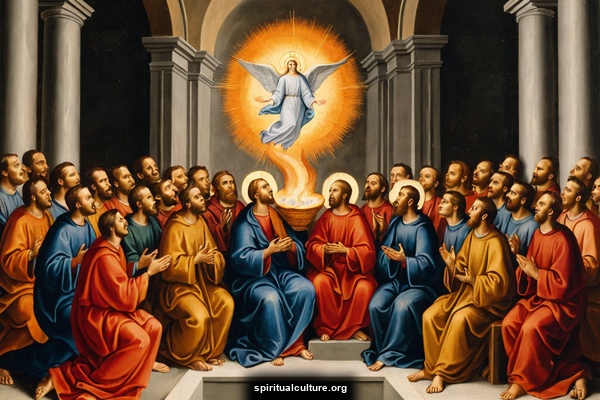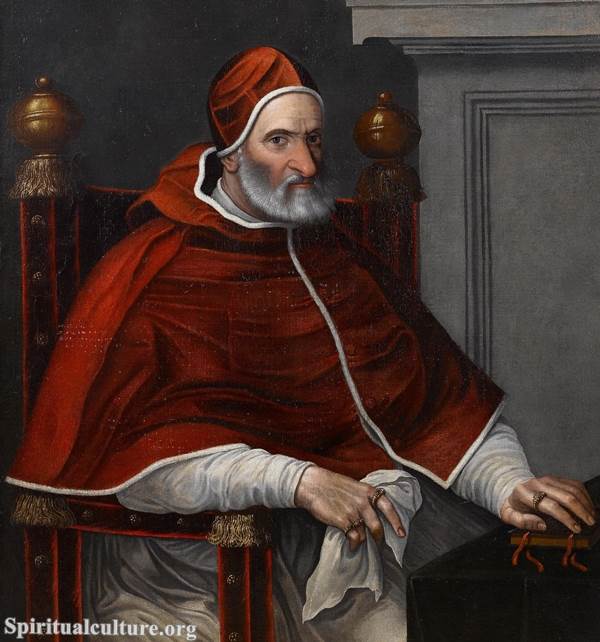Pope Gregory IX served as the pope from March 19, 1227, until his death on August 22, 1241. His pontificate was marked by a series of significant events and policies that shaped Catholicism and the Catholic Church in ways that still echo today.
Pope Gregory IX and Catholicism
As a religious leader, Pope Gregory IX had a significant impact on Catholicism. His reign was marked by a strong emphasis on canon law, the legal regulations used by the Catholic Church. He is widely known for his contribution to the field of Canon Law, particularly for his compilation of the “Decretals,” a collection of church laws that served as the core of the Church’s legal system for several centuries. The Decretals of Gregory IX were the first authentic collection of canon law, which established the legal framework for Catholicism and the Catholic Church.
Another major contribution of Pope Gregory IX to Catholicism was the establishment of the Papal Inquisition, a mechanism used by the Church to combat heresy. In 1231, he issued a papal bull, “Excommunicamus,” which officially launched the Inquisition. This was a significant development in the history of the Catholic Church, as it marked an intensification of the Church’s efforts to combat deviations from orthodox Catholicism.
Pope Gregory IX and the Catholic Church
In the context of the Catholic Church, Pope Gregory IX played a critical role in shaping the Church’s relationships with secular authorities. He was known for his assertive approach in dealing with secular rulers, often resulting in conflicts. One of the most notable instances of this was his dispute with Frederick II, the Holy Roman Emperor. The conflict, which lasted for most of Gregory’s pontificate, was primarily over the control of Italy and the authority of the Church.
Pope Gregory IX was also instrumental in the expansion of the Catholic Church, particularly in Northern Europe. He supported the efforts of the Dominican and Franciscan orders in their missionary work. He canonized several important figures in the Church, including St. Francis of Assisi and St. Dominic, the founders of the Franciscan and Dominican orders respectively. These orders played a crucial role in the spread of Catholicism throughout Europe and beyond.
Furthermore, Pope Gregory IX was committed to the intellectual development of the Church. He issued a papal bull in 1231 that granted the University of Paris autonomy from local ecclesiastical authorities, allowing it to operate independently. This was a significant step in promoting the intellectual growth of the Church and ensuring its influence in the realm of education.
In conclusion, Pope Gregory IX was a key figure in the history of Catholicism and the Catholic Church. His contributions to canon law, his establishment of the Papal Inquisition, his assertive dealings with secular authorities, his support for missionary work, and his commitment to intellectual development have left a lasting impact on the Church. His pontificate was not without controversy, but his influence is undeniable and continues to be felt in the Catholic Church today. By studying his life and works, we can gain a deeper understanding of the development of Catholicism and the evolution of the Catholic Church.




